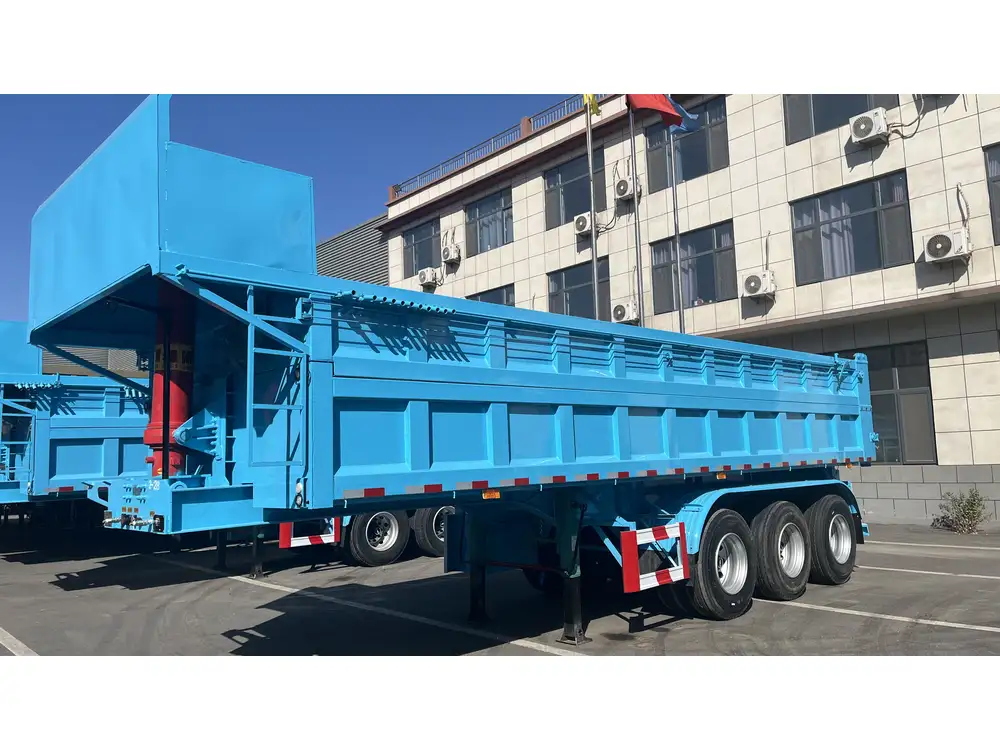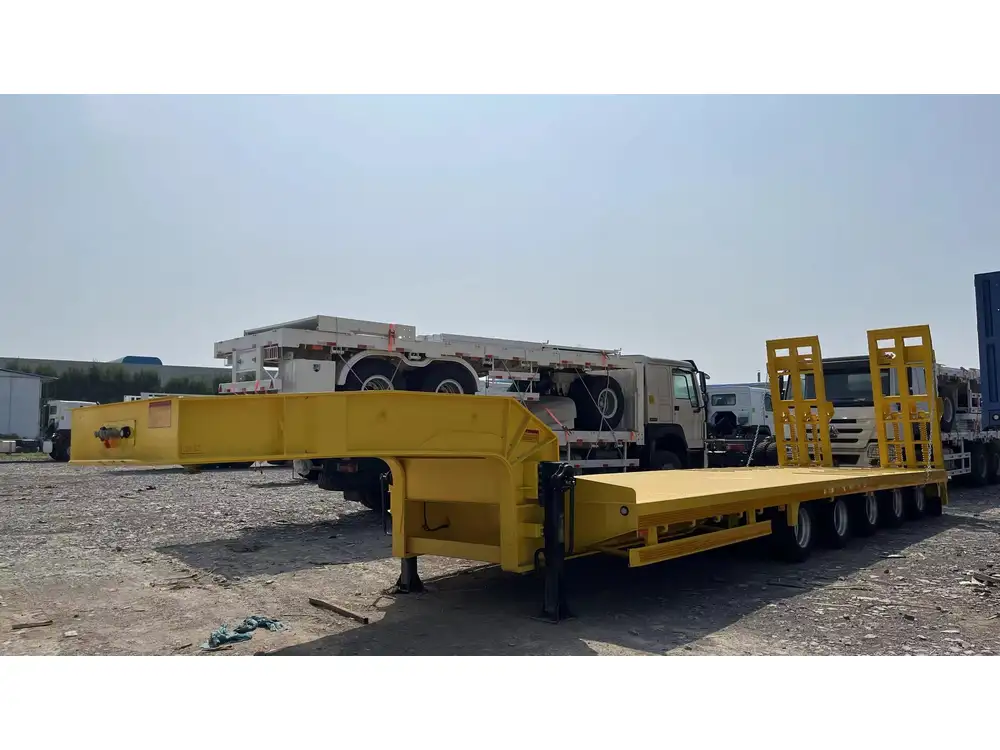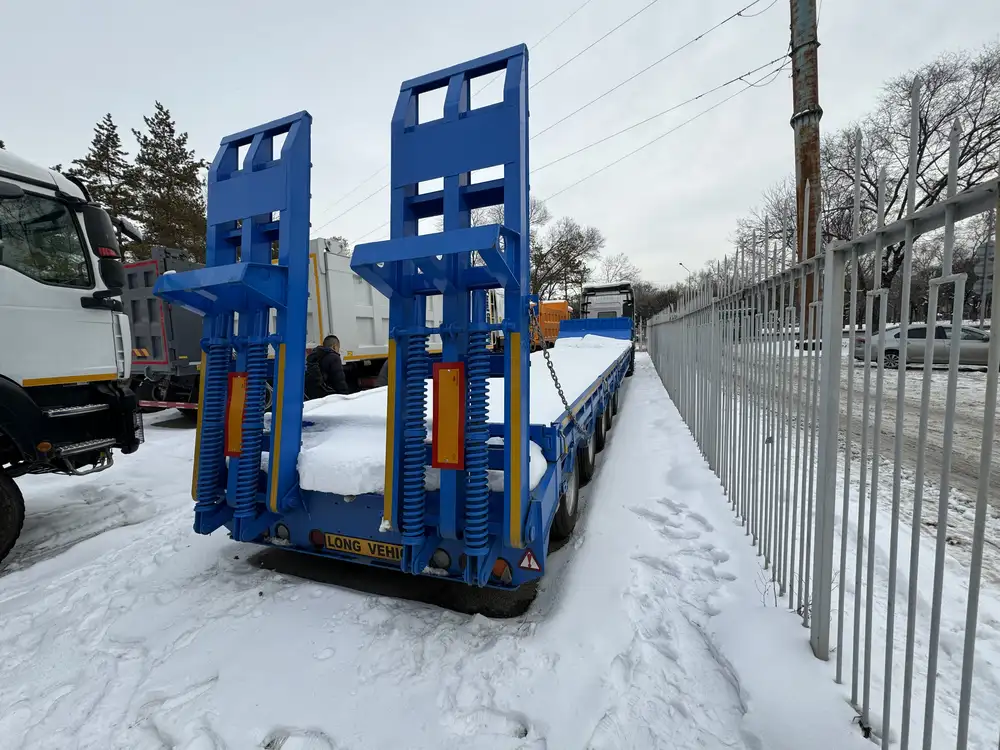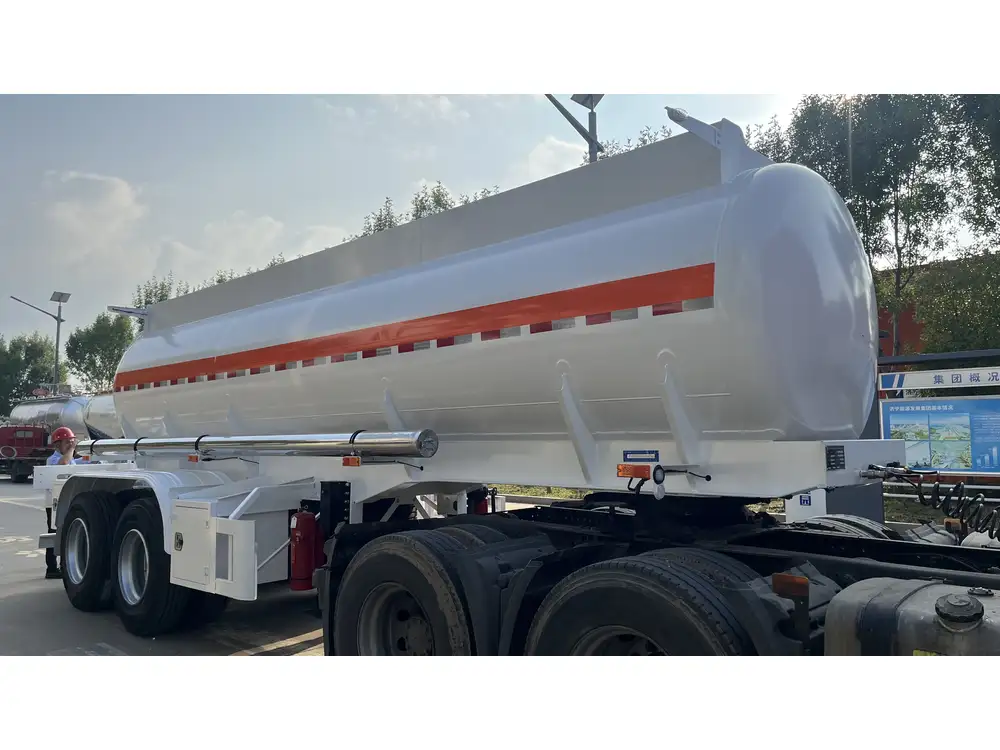In the world of transportation, semi-trailers come in various shapes and sizes, catering to a plethora of needs and preferences. At the forefront, we find the burgeoning interest in semi-trailers under 30 feet in length. This particular category has established itself as a prime choice for a multitude of businesses, fleet managers, and independent operators. The compact dimensions of these trailers promise unparalleled versatility, efficiency, and ease of use, creating a compelling case for their widespread adoption. Let’s delve deep into the reasons why a semi-trailer less than 30 feet could be the optimal choice for your needs.
Understanding Semi-Trailer Dimensions and Classifications
What Defines a Semi-Trailer?
Unlike traditional trailers that may be fully independent, semi-trailers are designed to be towed by a truck or tractor. They possess a unique structure: one end supports the weight of the load while the other end rests on the truck’s hitch, leading to increased maneuverability.

Key Classifications
Semi-trailers can be broadly categorized based on their length, weight capacity, and design. Here’s a quick comparison table of various semi-trailer classifications:
| Classification | Length (in feet) | Typical Weight Capacity | Common Uses |
|---|---|---|---|
| Standard Semi-Trailer | 48 – 53 | 45,000 – 48,000 lbs | Long-haul freight |
| Short Semi-Trailer | 24 – 30 | 30,000 – 35,000 lbs | Urban deliveries |
| Extra-Short Semi-Trailer | 20,000 – 25,000 lbs | Specialty cargo |
Choosing a semi-trailer less than 30 feet often leads to benefits that cannot be overlooked.
Advantages of a Semi-Trailer Below 30 Feet
Enhanced Maneuverability
- Urban Benefits: In crowded urban settings, navigating tight corners and restricted spaces can become a real challenge. A semi-trailer that is less than 30 feet facilitates easier navigation, making deliveries more efficient.
- Tighter Turns: Smaller trailers can achieve sharper turning radiuses, allowing drivers to handle difficult roadways with confidence.
Lower Operating Costs
- Fuel Efficiency: The reduced weight and size of shorter semi-trailers translate to lowered fuel consumption. A compact trailer often means a lighter load, allowing truck drivers to conserve fuel.
- Maintenance Expenses: With less material to maintain, semi-trailers under 30 feet typically incur lower maintenance costs. Fewer tires, easier brake access, and less wear and tear contribute to significant savings over time.
Regulatory Compliance
- Easier Permits: Regulations regarding weight limits, traveling permits, and tolls are often more favorable for shorter trailers. In certain jurisdictions, the complexities and expenses linked to permits can be simplified dramatically.
- Enhanced Access: Many urban areas have restrictions that limit the size of trucks allowed for particular routes. Smaller semi-trailers can often navigate more freely, adhering to local laws more easily.
Increased Versatility
- Diverse Applications: From delivering furniture to transporting sensitive equipment, semi-trailers under 30 feet serve numerous purposes. Their versatility provides businesses with flexibility to cater to varying customer needs.
- Adapting to Cargo Types: Different types of cargo, including refrigerated goods, machinery, or materials, can be efficiently transported using this size trailer.
Lower Financial Investment
- Initial Purchase Cost: The cost of shorter semi-trailers is generally lower. This can significantly impact small businesses or startups with tighter budgets, allowing them to invest in quality while minimizing expense.
- Resale Value: Compact trailers often have a stable resale market. Their diverse application possibilities can lead to higher demand when it’s time for an upgrade.
Key Considerations When Choosing a Semi-Trailer Under 30 Feet
Although the advantages are compelling, it is essential to weigh a series of considerations before making a purchase.

1. Load Requirements
- Weight Capacity Analysis: Before making a decision, evaluate the typical loads you’ll be transporting. Ensure that the trailer meets your weight limitations and distribution needs.
- Security Features: Investigate available locking mechanisms or structural reinforcements to protect your cargo.
2. Design and Customization Options
- Customization Needs: Assess whether your business requires specific design features, such as additional shelving for organization or specialized hooks for varying cargo types.
- Adaptability: Look for manufacturers that offer modular or customizable designs to adapt to future changes in your operations.
3. Manufacturers and Models
- Quality Assurance: Research manufacturers that have built a reputation for durability and quality construction. This can save you from future troubles and ensure longevity.
- User Reviews and Testimonials: Examine reviews to gauge the experiences of current users to discern the brand’s reliability and service quality.

Popular Types of Semi-Trailers Less than 30 Feet
Various designs of semi-trailers under 30 feet cater to unique cargo transport needs. Here are some popular types:
1. Reefer Trailers
- Description: These trailers offer climate control for transporting perishable goods.
- Benefits: Ensures food and pharmaceutical products remain within specific temperature ranges during transport.
2. Flatbed Trailers
- Description: Ideal for heavy and oversized loads, these trailers have an open deck design.
- Benefits: Easy loading and unloading from various angles, making them versatile for different types of freight.

3. Enclosed Trailers
- Description: Provide protection from environmental factors, making them suitable for sensitive items.
- Benefits: Excellent security for high-value goods, shielding them from theft or damage.
4. Car Haulers
- Description: Specifically designed for transporting vehicles.
- Benefits: Equipped with ramps or hydraulic lifts, they simplify the loading process while ensuring vehicle safety.
Converting Your Investment Into Action
Now that we’ve dissected the potential of a semi-trailer under 30 feet, it’s imperative to translate this knowledge into actionable steps for your business.

Choosing the Right Manufacturer
Research Local Options
- Focus on manufacturers with a local or national reputation, ensuring accessibility for maintenance and support.
Request Custom Quotes
- Contact manufacturers for quotes tailored to your specifications, considering both initial costs and long-term expenses.
Evaluate Warranties
- Look for comprehensive warranty offerings that cover parts and labor to protect your investment.
Implementation Strategies
Integrate with Fleet Management Software Implement solutions that track your trailer’s usage, maintenance schedules, and fuel efficiency, maximizing operational efficiency.
Training and Safety Protocols Conduct thorough training sessions for your drivers and staff on safe loading practices and trailer handling to minimize accidents and damage.
Conclusion
Opting for a semi-trailer less than 30 feet can dramatically enhance your transportation capabilities. The efficiency gained through maneuverability, cost savings, versatility, and regulatory ease can be life-changing for businesses of all sizes. To make an informed choice, one must assess their cargo needs, select the appropriate type of trailer, and choose a reliable brand that aligns with their business expectations. By considering these factors and applying strategic decision-making, you’ll be equipped to enhance your operations into the future while maximizing profitability and efficiency.
In summary, the path to selecting the right semi-trailer, particularly those under 30 feet in length, is paved with numerous considerations and strategic advantages. With a well-thought-out approach, the investment promises to yield high returns in both service quality and financial performance.



